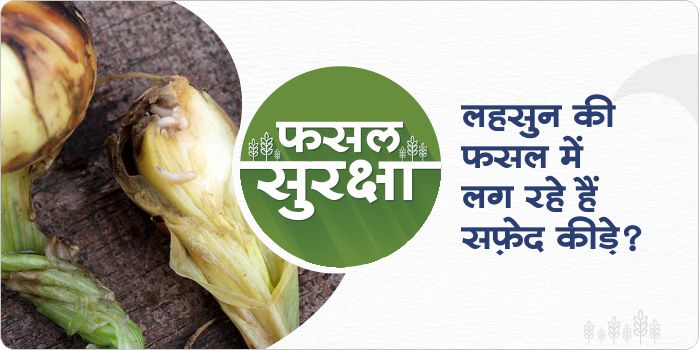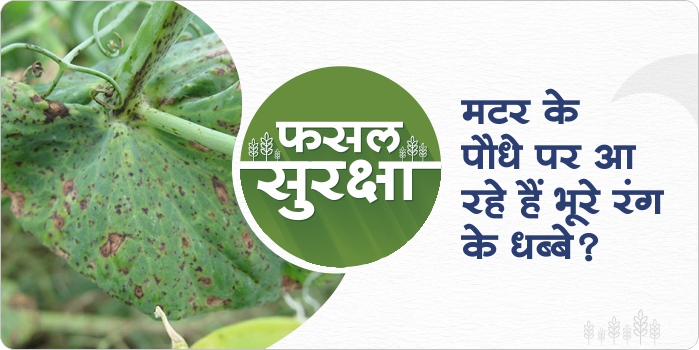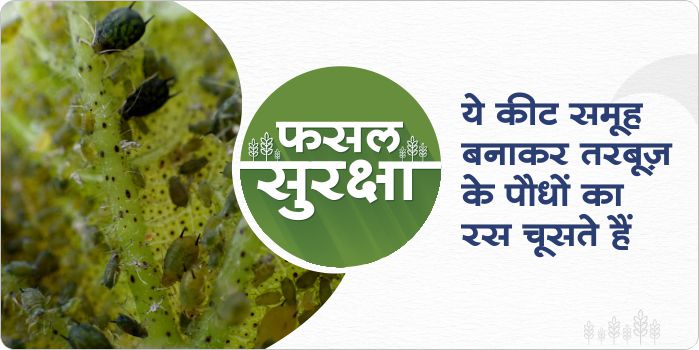- Nowadays, a white colored worm is found in the roots of the garlic crop.
- Due to this insect, the garlic tuber is completely rotting.
- This worm is causing a lot of damage by going inside the tuber of garlic and consuming the tuber completely.
- To control this insect, use Carbofuran 3% GR @ 7.5 kg/acre or Cartap Hydrochloride 50% SP @ 7.5 kg/acre as soil treatment.
- Spray Chlorpyriphos @ 50% EC @ 400 ml/acre.
- Spray Beauveria Bassiana @ 500 gram/acre as a biological treatment.
These states, including Madhya Pradesh, may receive rain on 28 and 29 January
There is a possibility of rain in the coming days especially in some states of central India.
Video Source: Skymet Weather
ShareHow to prepare good compost manure
- To get a good quality compost manure, the waste from the field should be collected in one place.
- Then pits should be made 15 to 20 feet long, 5-6 feet wide, 3-3 ½ feet deep.
- Mix all the waste well and spread a layer in the pit and lay out wet cow dung over it.
- Repeat this sequence until the level of the waste is 2-2 ½ feet above the surface of the ground.
- If the compost is prepared in summer, the pit should be watered 1-2 times at an interval of 15-20 days so that there is sufficient moisture to dissolve the waste.
- There is no need to add much water during rainy or cold days.
- The fertilizer prepared after this whole process contains 0.5 percent nitrogen, 0.15 percent phosphorus and 0.5 percent potash.
Potassium contributes to plant nutritional management
- Potassium helps in the formation of sugars and starch in the leaves and also increases their size
- Potassium increases protein synthesis in cells and helps in water circulation.
- In addition, it helps the enzymes that control various functions of plants to function properly.
- Potassium builds immunity in plants and balances the amount of iron content in the plant.
- It also strengthens the stem of the plant.
These farmers made a place in the top ten on the sixth day of the photo contest
The Gramophone Krishi Mitra app has been running a ‘Mera Gaon Mera Abhiman’ photo contest from January 22, in which thousands of farmers are participating and posting photos of their village and increasing likes on it.
Top Ten farmers on January 27
Narendra Sisodiya
Deepesh Solanki
Motilal Patidar
Bhuru Patel
Kuldeep Chauhan
Dharmendra Vishwakarma
Kamal Krishna Mali
Prem Patidar
Satish mewada
Sumit Rajput
It is worth noting that there are still four more days left in this ten-day competition. Therefore, other farmers can also participate in it and win attractive prizes.
The winners in this competition will be selected based on the number of likes on the village photographs posted. In this 10-day competition, a contestant who gets the most likes on his/her photos every two days will get a prize and along with this, the top farmers will get a bumper prize at the end of the ten-day competition.
*terms and Conditions apply
ShareMP government will now make CNG and bio-fertilizer from cow dung and Crop residue
The Shivraj government of Madhya Pradesh is now preparing to produce CNG and bio-fertilizers using cow dung and Crop residue. State Chief Minister Shri Shivraj Singh Chauhan held a meeting with the officials of Bharat Biogas Energy Limited of Anand, Gujarat on Sunday. During this meeting, he said that both cow dung and Crop residue are very useful and plans are being made for the production of bio CNG and organic solids and liquid fertilizers in Madhya Pradesh from them.
He said that “Salaria Cow -Sanctuary and Kamadhenu Raisen have been selected for this in the first phase. The project will be built here through Bharat Biogas Energy Ltd.”
Source: One India dot com
ShareSymptoms and control of ascochyta blight in peas
-
- In this disease, affected pea crop plants wither away.
- The roots become brown. Brown spots appear on the leaves and stems.
- The crop becomes weak due to this disease.
Chemical treatment: for control of this disease use Chlorothalonil 75% WP @ 400 gram/acre or Carbendazim 12% + Mancozeb 63% @ 500 gram/acre or Azoxystrobin 11% + Tebuconazole 18.3% SC @ 250 ml/acre
Biological treatment: use Pseudomonas Fluorescens @ 250 gram/acre
ShareSymptoms and control of termite attack in wheat crop
- Termite is a polyphagous insect, it damages all crops.
- There is a lot of damage due to termites in wheat crop
- Termites damage germinated wheat plants.
- Insects prepare tunnels into the ground and feed on plant roots. They also eat the stem when the attack is high.
- The adult of this insect is fat, which is gray-brown in color.
- This insects hide under cracks or fallen leaves and eat stems and soft part of leaves at night
- There is a lot of termite infestation in the fields where raw manure is used.
- Deep ploughing in the field before sowing.
- Use only well decomposed manure in the field.
- Use Chlorpyriphos 50% EC@ 500 ml/acre as spray and Cartap Hydrochloride 4 GR @ 7.5 kg/acre use as a soli application
- Chlorpyriphos 20% EC @ 1.0 litre/acre mix with any fertilizer and apply in field as soil application
- As a biological treatment use Beauveria Bassiana@ 250 gram/acre
Damage due to Aphid and Jassid in melon crop
- Aphid and jassid are small, soft-bodied small insects which can be yellow, brown, green or black in color.
- They are usually found in groups on small leaves and twigs and suck the cell sap from the plant and release sticky honey dew, which increases the chances of fungal diseases.
- Leaves and twigs may wither or become yellow due to severe infection.
- Spray of Thiamethoxam 25% WG @ 100 gram/acre or Imidacloprid 17.8 %SL@ 100 ml/acre or Flonicamid 50% WG @ 60 gram/acre
- As a biologically treatment use Beauveria Bassiana @ 250 gram/acre
Which fertilizer is beneficial in watermelon crop before sowing
- In watermelon crops it is very necessary to supply fertilizer after plowing and before sowing the field.
- The management of fertilizers allows the nutrient supply for the watermelon crop to germinate easily.
- Fertilizer use before sowing DAP @ 50 kg/acre + SSP @ 75 kg/acre + potash @ 75 kg/acre + zinc sulfate @ 10 kg/acre + Magnesium sulfate @ 10 kg/acre
- With this, farmers can also use watermelon samridhi kit as a soil treatment.










